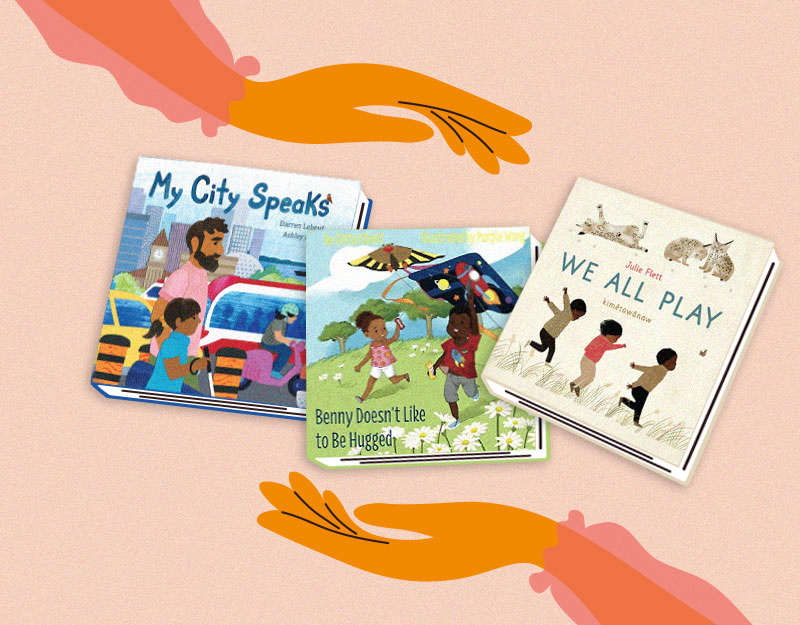Make Story Time Welcoming for All Children| First Steps
Taking measures such as conducting a diversity audit and spotlighting joyful, diverse characters will ensure that story time recognizes all participants.

A July 2021 Library Quarterly article by University of Kentucky researchers Maria Cahill, Erin Ingram, and Soohyung Joo surveyed story time selections at 25 libraries. They found that of 160 books, over half had animal main characters, only 15 percent had discernible multicultural content, and five percent featured children with disabilities.
If story time is for everyone, let’s show that in our choices. Here’s how to start.
Conduct a diversity audit. This year, BPL and New York Public Library (NYPL) overhauled their story time collections. “We needed to identify those fun, engaging, and perfect-for–story time books that also center diverse characters and settings,” says Amber Moller, NYPL early literacy coordinator.
Where can librarians begin? Author and educator Megan Dowd Lambert used the Cooperative Children’s Book Center’s diversity categories for her audit. Chicago Public Library (CPL) children’s librarian Rebecca Redinger turns to Goodreads to get ideas for story time lists. A useful ALSC blog post by Tess Prendergast, lecturer at the University of British Columbia School of Information, provides more good suggestions.
Spotlight diverse main characters. Include at least one book with children of color, preferably by an author of color. Feature main diverse characters and ones with visible and invisible disabilities. Never limit books to holiday celebrations or ethnic heritage months, says Pat Toney, outreach children’s librarian at Oakland Public Library.
Buy extra copies. Laura Jenkins, retired CPL children’s librarian, says, “When I found a great book for story time that met my criteria, I’d buy an additional copy, ensuring one for circulation and one for programs.”
Share information about creators. When highlighting creators from underrepresented groups, describe them. While reading We All Play by Julie Flett, for instance, tell families the author is Cree–Métis and from Canada.
Think outside the book! If a book for your community doesn’t exist, use felt boards, storytelling, songs, and rhymes from other cultures. If you’re tentative presenting material from a background different from yours, invite a volunteer from that culture to share. At BPL’s South Asian Storytime, a parent reads Hindi in a bilingual book, and I read English, honoring the volunteer and elevating story time.
Include intersectionality. Children need to see their multiple identities represented. Two of our favorite books with intersectional characters are My City Speaks by Darren Lebeuf, illustrated by Ashley Barron, about a brown girl who is blind exploring her city, and Benny Doesn’t Like to Be Hugged by Zetta Elliott, illustrated by Purple Wong, with a Black, autistic main character.
Look for joy! While there are times for covering racism and historical oppression, celebrate the joy of being a child of any color or ability. Check out BPL and SLJ’s #BlackJoy book lists.
“As libraries integrate materials that reflect the full diversity of our world, they are more likely to meet the needs of all community members,” says Cahill.
Yesha Naik is a youth services librarian at BPL’s Central Youth Wing. Rachel G. Payne is BPL coordinator of early services.
RELATED
The job outlook in 2030: Librarians will be in demand
The job outlook in 2030: Librarians will be in demand
ALREADY A SUBSCRIBER? LOG IN
We are currently offering this content for free. Sign up now to activate your personal profile, where you can save articles for future viewing






Add Comment :-
Be the first reader to comment.
Comment Policy:
Comment should not be empty !!!